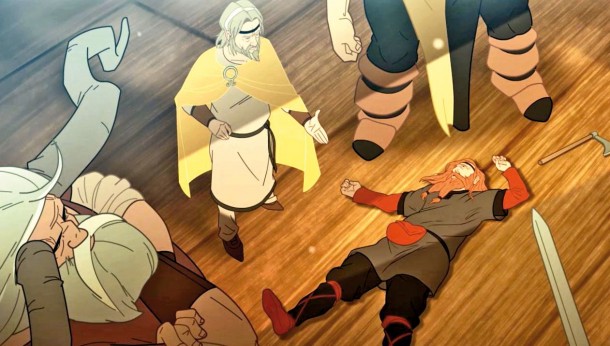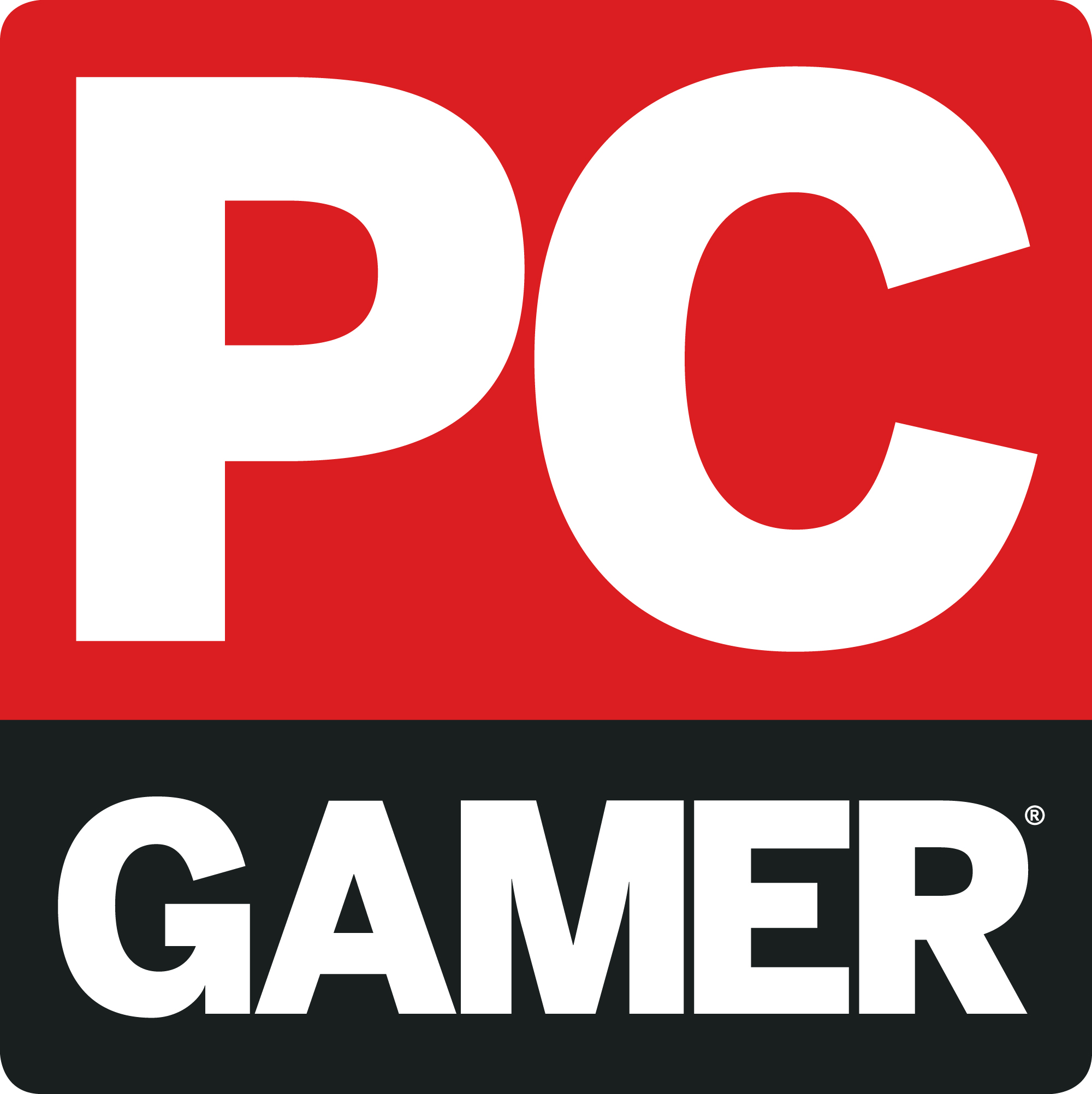Our Verdict
An accomplished and pretty strategy game, sadly hindered by a handful of questionable design choices.
PC Gamer's got your back
(Editor's note: The review below has been amended on 02/04/13 to better outline the game's combat system, and specifically the function of enemy Armour stats. This doesn't change our opinion of the game or the score.)
Review by James Archer.
For a game primarily starring chubby Vikings, The Banner Saga isn't half a looker. This turn-based tactical RPG is the PvP component of Stoic's upcoming The Banner Saga project, released early on a free-to-play basis, and they've deliberately and effectively designed it to look like a '60s Disney film.
The muted shades and warm tones impressively convey a sense of place. Which, unfortunately, only serves to make the mere OK-ish-ness of the underlying game seem even more underwhelming.
"Characters become increasingly useless, unable to effectively retaliate once they've been hurt"
Take the combat. Mechanically, it's an entirely serviceable axe-fest with enough individual classes to bounce each unit's special moves against another's in interesting ways. One of my opponents was fond of using a heavy shield-bash attack on a friendly archer, the minor damage an acceptable cost for shunting her several spaces across the board into a prime sniping position. But because health and damage stats are merged under a single 'Strength' figure, so that injured units hit for less, there's little scope for drama. Characters just become increasingly useless, unable to effectively retaliate once they've been hurt, making surprise comebacks and tense stalemates almost impossible.
In addition to Strength, each unit has an Armour rating – damage done amounts to your Strength minus the target's Armour. Whittling down this defence is only truly necessary for the heaviest tanks, though – it's still a far more effective use of a turn to go for Strength directly, as it both hurts enemies and limits their ability to do health or armour damage back. This is the case even when a foe's armour rating exceeds your attack's strength, which will replace a guaranteed hit with a percentage chance. You could still try an Armour attack, which always hits, but the opportunity cost – even a small chance of much more valuable Strength damage – always feels a little too high.
The Armour/Strength system also creates a reliance on sheer luck that gets worse as matches go on. Once everyone's been sufficiently impaled, their chances to hit drop to senselessly low percentages. And if you're a hardened Norseman and you have only a 50/50 chance to hit a stationary enemy standing two feet away, it might be time to hang up the Dane axe. At this point the pace slows, miss followed by miss, to an extent that even the hand-drawn look will struggle to hold your attention.

It does work. Factions absolutely promotes wits over brute force, and there are no broken characters, overpowered abilities or particular team build or initiative strategies that dominate – but it's rarely exciting, and that spells trouble for anything that demands so much time input. Characters are promoted to more advanced classes with Renown, Factions' currency, which is earned via killing foes and post-match victory bonuses. There aren't many ranks – fresh units start at zero, and can advance all the way up to a dizzying one – but even on a winning streak, it takes hours to accumulate enough Renown to upgrade a single class.
"my store-bought crew was being pitted against vastly more experienced foes, getting thoroughly trounced each time"
Of course, as Stoic's accountants might argue, you could always just buy boosters, Renown itself or readily-promoted characters from the in-game store. Since there's nothing available that can't be attained for free (albeit much, much more slowly), the shop appears to avoid the pay-to-win mentality that microtransactions are frequently charged with enabling. Yet I learned – having coughed up $8 for a character pack – that it does this a little too well. Levelled-up characters add points to your team's power level, which is used in matchmaking (rather than kills, time spent playing, etc), so my store-bought crew was being pitted against vastly more experienced foes, getting thoroughly trounced each time. It wasn't until I reverted to the basic, weaker classes that I was finally matched with someone I could feasibly challenge. Pay to win? I'd paid to lose.
It is genuinely cool that a big chunk of an unreleased project is being made available, at no initial cost, while work on the singleplayer mini-series continues. Perhaps Factions' rougher edges won't prove as frustrating when battling an AI. For now, however, it might be wiser to treat this standalone multiplayer effort as an extended demo.
- Expect to pay: Free-to-play, with items ranging from $1-$20
- Release: Out now
- Developer: Stoic Studio
- Publisher: In-house
- Multiplayer: 2 player PvP
- Link: The Banner Saga site
An accomplished and pretty strategy game, sadly hindered by a handful of questionable design choices.
PC Gamer is the global authority on PC games—starting in 1993 with the magazine, and then in 2010 with this website you're currently reading. We have writers across the US, Canada, UK and Australia, who you can read about here.



